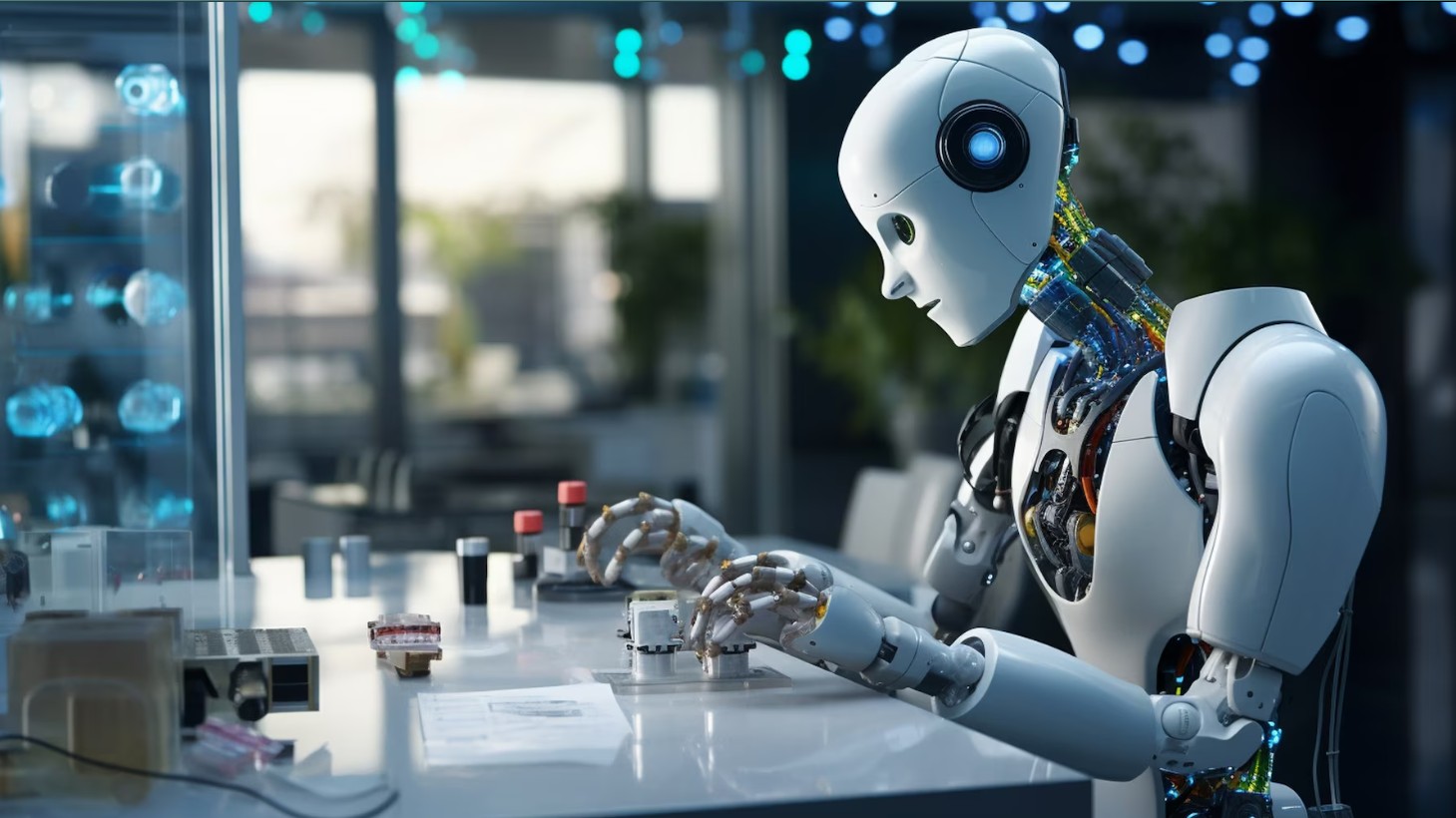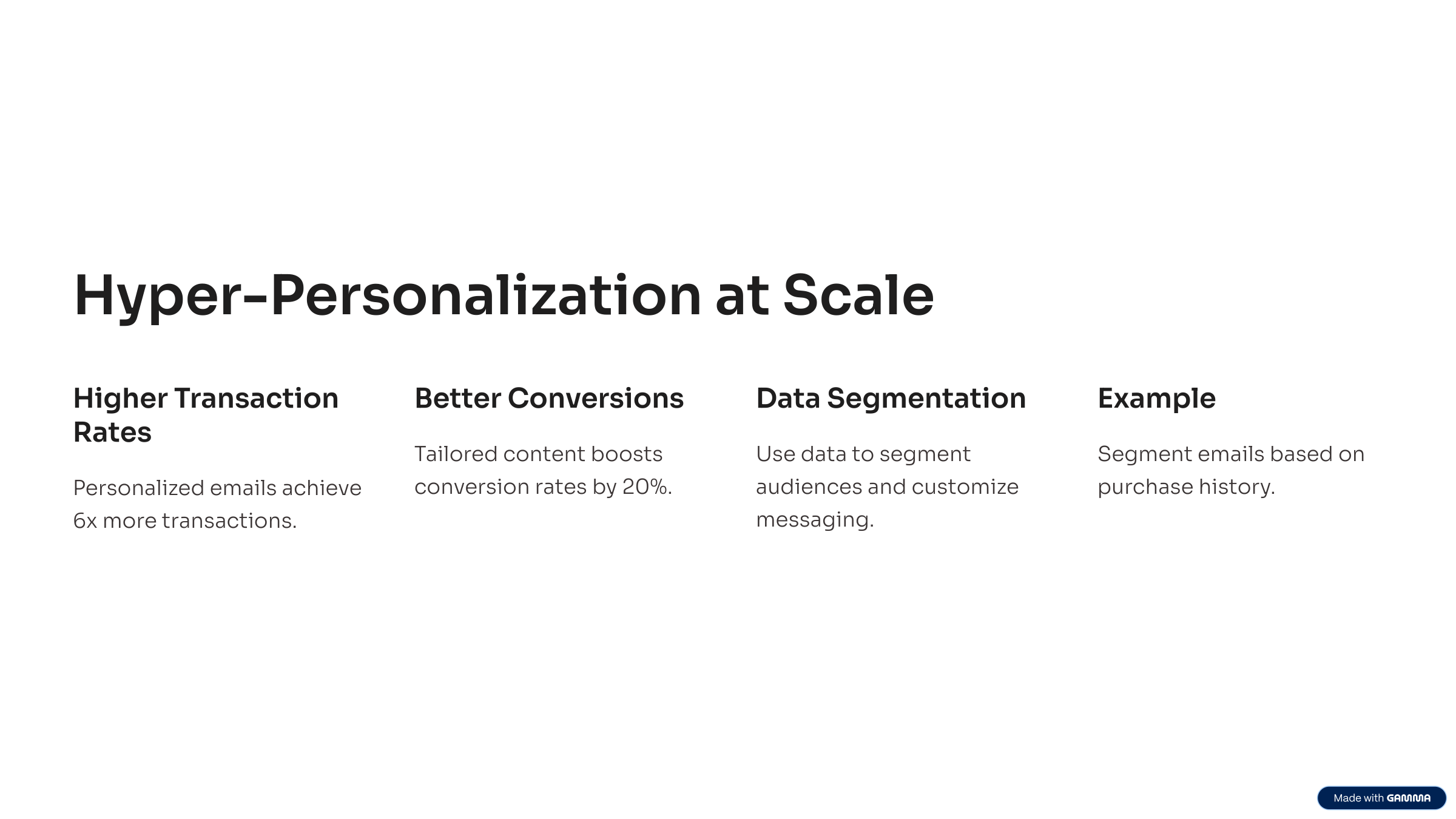Challenges in Robotic Surgery: Overcoming Obstacles for the Future of Healthcare

Strong 8k brings an ultra-HD IPTV experience to your living room and your pocket.
Robotic surgery has transformed the landscape of modern medicine by providing surgeons with enhanced precision, better visualization, and minimally invasive techniques that lead to quicker recovery times for patients. However, as with any advanced technology, there are several challenges that must be addressed to fully realize its potential in healthcare. While robotic technology like the da Vinci Surgical System and others have revolutionized surgery in many ways, there are still obstacles to overcome before robotic surgery can become universally accessible and efficient.
In this blog, we’ll explore the key challenges in robotic surgery, from cost and training to technical limitations and patient concerns. These challenges must be addressed to unlock the full potential of robotic surgery and pave the way for a future where it can be used in a broader range of medical fields.
1. High Initial and Maintenance Costs
One of the most significant barriers to the widespread adoption of robotic surgery is its high cost. The price tag for robotic surgical systems can range from $1 million to $2 million, depending on the model and functionality. In addition to the initial cost of acquiring the system, there are ongoing maintenance costs, which include repairs, software updates, and consumables such as robotic arms and instruments.
Hospitals and surgical centers must weigh these substantial costs against the benefits of robotic surgery, such as quicker recovery times, reduced complications, and improved outcomes. While robotic surgery may reduce some operational costs in the long run, such as shorter hospital stays and fewer postoperative complications, the upfront investment remains a major challenge, particularly for smaller hospitals or those in rural areas. The cost factor may limit access to robotic-assisted surgeries, creating disparities in healthcare quality based on location and financial resources.
2. Training and Skill Development for Surgeons
While robotic surgery systems are designed to be user-friendly, they require specialized training for surgeons to operate them effectively. Surgeons must undergo extensive training programs to learn how to navigate robotic consoles, control robotic arms, and work with real-time imaging and other advanced features. This process can take months or even years of hands-on experience to master.
Additionally, robotic surgery is a highly technical field, and mistakes made during training can lead to poor patient outcomes. Therefore, surgeons must not only master the robotic system itself but also maintain their skills in traditional, non-robotic surgery. Over-reliance on robotics can be a potential concern, as robotic systems cannot yet perform all the tasks a skilled surgeon can, especially in situations that require improvisation or intuition.
Training is also costly and time-consuming. Hospitals need to invest in specialized programs to ensure that their surgical staff is well-prepared to use robotic technology. In many cases, this training is expensive and requires time away from regular duties, creating a logistical challenge for both medical institutions and surgeons themselves.
3. Limited Accessibility and Availability
While larger medical centers and top-tier hospitals are increasingly incorporating robotic surgery into their operating rooms, access to robotic systems remains limited, especially in smaller or less affluent healthcare facilities. The high cost of purchasing and maintaining these machines is a major factor in this limited availability. As a result, patients in underserved or rural areas may have fewer opportunities to benefit from the advantages of robotic surgery.
In many regions, the lack of access to robotic systems creates a significant healthcare disparity, as patients may need to travel long distances to undergo robotic-assisted procedures. The challenge of making robotic surgery more accessible is a growing concern, particularly as the technology becomes more advanced and in-demand. There is a need for more affordable options or financial incentives that will encourage broader adoption across healthcare settings.
4. Technical Limitations and Equipment Malfunctions
Despite being highly advanced, robotic surgical systems are not immune to technical malfunctions. A robotic system relies on complex electronics, software, and mechanical components, all of which could fail during a critical moment in surgery. Potential malfunctions, such as a robotic arm becoming unresponsive, software glitches, or camera failure, could delay or even halt a procedure.
While systems are rigorously tested for safety and reliability, the sheer complexity of these machines introduces an inherent risk of failure. Surgeons must be trained to troubleshoot and manage these technical issues during surgery. In many cases, a quick switch to traditional surgery methods is necessary, but this transition is not always seamless and could lead to longer operation times and increased risks for the patient.
Additionally, as robotic systems are updated with new features and software, hospitals need to stay current with the latest versions. The constant evolution of technology means that healthcare facilities must continually invest in updates and new equipment to stay competitive, which adds another layer of cost.
5. Surgeon-Patient Communication Challenges
Although robotic surgery enhances precision and visualization, it can sometimes hinder the connection between the surgeon and the patient. In traditional surgery, the surgeon is physically present in the operating room, able to communicate with other members of the surgical team and directly monitor the patient’s condition. With robotic surgery, surgeons control the robotic arms remotely from a console, often away from the patient's body.
This physical separation between the surgeon and the patient can create challenges in communication and team coordination. Surgeons may miss out on immediate tactile feedback that they would have received in traditional surgery. While the console provides a 3D view of the surgical site, it may not capture all the nuances that a surgeon can sense through their hands or direct observation.
The lack of direct human touch and immediacy may also make patients feel less reassured or more distant from their healthcare providers. As robotic surgery becomes more prevalent, ensuring effective communication between surgeons, patients, and the rest of the surgical team will be an ongoing challenge.
6. Ethical Concerns and the Role of Artificial Intelligence
As robotic surgery continues to integrate AI and machine learning, there are ethical concerns related to machine decision-making in the operating room. AI-powered surgical systems are designed to assist surgeons by providing real-time analysis, suggesting decisions, and improving surgical precision. However, as robots become more autonomous, questions arise about accountability. If a robot makes a mistake during surgery, who is responsible? Is it the surgeon who controlled the robot, the manufacturer of the robotic system, or the software developers who created the AI?
Ethical issues also include the potential for job displacement. As robotic surgery becomes more sophisticated, there is concern that it could lead to a decrease in demand for human surgeons, especially in procedures that robots can perform with minimal human oversight. Although human judgment will always be needed for the foreseeable future, the role of AI in surgery raises questions about the balance between human expertise and automation.
Conclusion: Overcoming Challenges for the Future of Robotic Surgery
Robotic surgery represents an exciting leap forward in medical technology, offering numerous advantages such as greater precision, reduced recovery times, and improved patient outcomes. However, the challenges it presents—high costs, specialized training, limited accessibility, technical risks, and ethical concerns—must be addressed to ensure that these innovations benefit patients globally.
As advancements continue and technology becomes more widespread, it's important that healthcare institutions, policymakers, and technology developers work together to overcome these obstacles. By making robotic surgery more accessible, affordable, and reliable, we can unlock its full potential and bring the benefits of this groundbreaking technology to even more patients worldwide.
Note: IndiBlogHub features both user-submitted and editorial content. We do not verify third-party contributions. Read our Disclaimer and Privacy Policyfor details.







